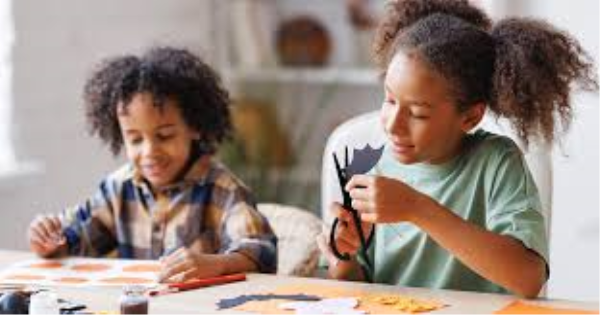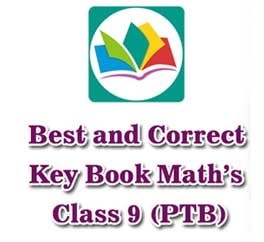Learning doesn’t have to be boring. Whether in a traditional classroom or an online environment, both students and teachers can take steps to make learning engaging, interactive, and enjoyable. In today’s fast-paced world, where distractions are everywhere, making learning fun is key to improving focus, retention, and motivation. Let’s explore some practical and proven ways to bring life into the learning process.
Why Making Learning Fun Matters
Fun learning is not just about games and entertainment — it’s about creating a positive environment where curiosity thrives. When students enjoy learning:
- Their engagement increases
- They retain information better
- They develop a lifelong love for learning
- It reduces stress and academic pressure
This benefits both students and teachers, leading to better academic performance and a more connected classroom experience.
1. Use Real-Life Examples and Stories
Storytelling is a powerful teaching tool. Students connect more when lessons relate to real-life scenarios. Teachers can:
- Use stories from history, current events, or personal experiences
- Relate math problems to shopping or sports
- Teach science through everyday observations
For students: Try to relate what you're learning to your daily life — this will boost your understanding and interest.
2. Incorporate Games and Interactive Activities
Gamification is one of the most effective strategies in education. It transforms lessons into challenges and rewards learning with instant feedback.
Teachers can use:
- Quiz platforms like Kahoot, Quizizz, or Blooket
- Puzzle-based learning and treasure hunts
- Board games and role-playing for subjects like history or literature
Students can also: Turn study sessions into mini-competitions with friends or classmates.
3. Add Multimedia — Visuals, Videos, and Animations
Using different formats like videos, animations, infographics, and podcasts helps break the monotony of text-based learning.
Teachers can:
- Play short YouTube videos or TED Talks relevant to the topic
- Use visual presentations with engaging designs
- Include funny or creative memes (when appropriate) to explain complex ideas
Students can: Use apps like Canva or Notion to make their own visual notes.

4. Encourage Collaboration and Group Work
Learning is more fun when done together. Collaborative learning helps develop communication, teamwork, and problem-solving skills.
Ideas include:
- Group presentations and projects
- Peer teaching (let students teach each other)
- Classroom debates or team-based quizzes
Bonus tip for students: Form study groups with friends, especially for tough subjects — it makes learning less stressful.
5. Personalize the Learning Experience
Everyone learns differently. Some students prefer visuals, others prefer reading or listening. Fun learning starts with respecting and adapting to different learning styles.
Teachers should:
- Use a mix of audio, visual, and hands-on methods
- Allow students to choose project formats (e.g., video, poster, essay)
Students can: Identify their learning style and use suitable techniques (flashcards, mind maps, voice notes, etc.)
6. Use Technology to Boost Engagement
Technology can transform even boring lessons into exciting experiences. With the right tools, learning becomes interactive and immersive.
Useful tools:
- Google Classroom, Edmodo, and Microsoft Teams for communication
- Interactive whiteboards, apps, and online simulations
- Virtual reality (VR) and augmented reality (AR) for subjects like history and science
Students can use: Educational apps like Duolingo, Khan Academy, or BrainPOP for self-learning.
7. Include Movement and Physical Activities
Sitting for long periods kills motivation. Movement-based learning can boost energy and concentration.
Ideas for teachers:
- Introduce short brain breaks or stretching routines
- Take learning outside the classroom for real-world exposure
- Use classroom games that involve moving around
Students can: Take 5-minute breaks during study sessions to stay fresh and focused.
8. Celebrate Progress and Success
Recognition plays a big role in motivation. Whether it’s small wins or big achievements, celebrating them adds fun and positivity.
Teachers can:
- Give out certificates, badges, or shout-outs
- Keep a “Wall of Fame” for student achievements
- Appreciate creativity and improvement, not just marks
Students: Track your own progress and reward yourself when you reach milestones.
9. Ask for Feedback and Try New Things
Sometimes learning becomes boring because it’s repetitive. Feedback keeps things fresh.
Teachers should:
- Regularly ask students what they enjoy or want to change
- Be open to trying new teaching styles and tools
Students: If something feels dull, communicate it respectfully and suggest ideas that could help.
10. Turn Lessons into Real-World Challenges
Apply what you learn to real-life problems. This boosts interest and develops critical thinking.
Examples:
- Create a budget to learn math
- Plan a small event to learn project management
- Write a blog or make a video to practice writing and tech skills
Conclusion
Making learning fun is not about reducing seriousness — it's about increasing effectiveness. When students enjoy what they’re learning, they remember more and stay motivated. Teachers can bring in creativity, technology, and empathy to build an enjoyable learning experience. Meanwhile, students can take charge of their learning style, use tools, and stay curious. Together, fun learning becomes not just possible — but powerful.
Ilmkidunya










































